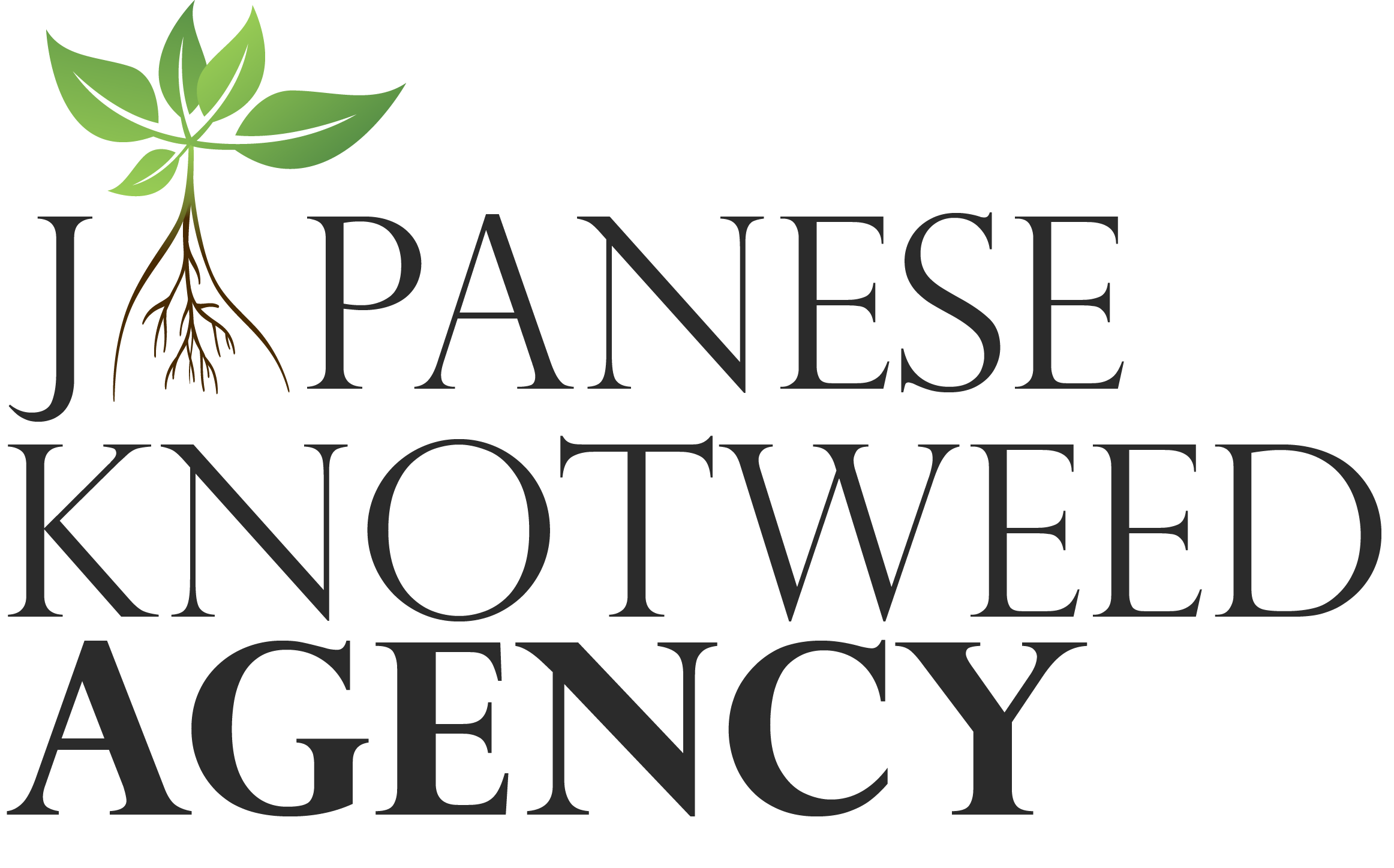Is the invasive species in your back garden? Japanese Knotweed Agency map the areas in the UK most at risk from Japanese knotweed
Japanese knotweed is a lot more common in the UK than you might think – and it costs the UK economy over £40million a year.
The plant, native to Asia, was initially brought to the UK in 1850 in a box delivered to Kew Gardens and was much sought-after for its pretty flowers. However, its fast-growing roots led to a wild proliferation – and now the plant can be found all over the UK.
Bolton has been revealed as the Japanese Knotweed capital of the UK in 2022, with the North-West of England making up three of the top four most badly affected locations.
Bristol comes in second and St Helens in third, while Wales is another particularly hard-hit region, with three places in the top 10.
So, what are key attributes of Japanese Knotweed and where are the most badly affected areas in the UK?
Japanese knotweed can grow several inches a day
It hibernates through winter and reawakens in the spring and spreads rapidly, with its root network expanding at an alarming rate. By midsummer, it can grow by several inches a day, and can be identified by its creamy white flowers which bloom around August.
Each root can grow to be three metres deep and several metres horizontally, often piercing through foundations, driveways and walls and causing extensive damage.
In 2021, Dr Ross Cuthbert, of Queen’s University Belfast, led a project to analyse the economic impact of all the UK’s invasive species, and found that since 1975, the plant has cost the UK economy at least £41million a year.
The majority of [Japanese knotweed’s] economic impact is in house devaluation from when you have knotweed on the property, and also the cost of removing an infestation,
Japanese Knotweed Agency have released their National Register in 2021 and seen over 35,000 records submitted by surveyors, homeowners, members of the public and people who enjoy the countryside. That shows how many infestations have been registered in particular areas which you can search by the first part of your postcode to see what has been reported near you.
Bolton has 684 infestations within a 2.5-mile radius of the town centre, whereas Bristol has 475 and St Helens 441.
Streatham, in south-west London, is the only location in the top 10 in the London area, and came in at ninth with 300 logged infestations.
Rapid urbanisation and a defeatist attitude to the species were to blame for its increased prevalence in the North-West and Wales.
The plant had become such a scourge in these areas that many believed it was too prevalent to begin to combat.
Urbanisation helps spread Japanese knotweed
Increases in urbanisation have also seen more soil being moved from one site to another, taking the plant — which can regrow from a lone, finger-sized piece of root — to new areas which it then takes over.
I think the reason why we see it far more in cities is because there has been more and more human movement of soil. A lot of that goes back to the Second World War when there were huge amounts of materials being buried, moved around, bombed etc and obviously there is still a massive amount of the weed in London.
There is also a lot of it in Wales and the reason for this is that for many, many years, the attitude was, ‘well, there’s so much around that there’s nothing we can do about it’.
Also, because land values are quite low in the area there’s no financial incentive to fully excavate it as opposed to just using herbicides to keep it under control.
If there was a million-pound house in London we would likely say that the value of the property justifies getting rid of the infestation properly, which means digging it up. So that might be a ten grand fee for a £1,000,000 house. But if you did the same in, say, Swansea, that house might be worth £100,000 so the treatment starts to look quite expensive.
So, in these sorts of properties, you would just go for a herbicide treatment and control it that way. But controlling is not killing it and it is most certainly not killing it all which is needed to prevent it spreading.”
According to research, approximately one in 20 homes are currently affected by knotweed, either directly or indirectly.
By publishing the 2022 British Japanese knotweed hotspots we hope to raise awareness and encourage people in the area to be vigilant for signs of knotweed as the growing season takes off, so they can act quickly if needed.
Anyone living near or moving to one of these hotspots would be wise to check their garden carefully, enter their postcode into Exposed to find out how many known occurrences are nearby and if in doubt, seek expert help.
Japanese Knotweed Agency offer a free onsite survey that provides a substantial report highlighting where any crowns of the weed are, its age and route of growth etc, and also checks for up to 58 other invasive plant species found in the UK. There’s a full quotation included by one of their registered specialist firms that comes with an Insurance Backed Guarantee, and the Agency can also advise if you are able to make a claim against a third party for the recovery costs of the treatment and Insurance Backed Guarantee, and also claim compensation for devaluation, with a typical claim value well over £10,000
If you are a homeowner and have Japanese Knotweed on your property, get your free Knotweed survey today:


